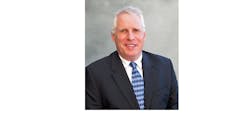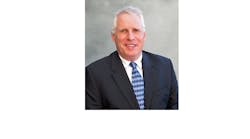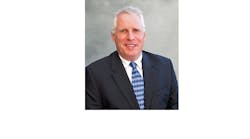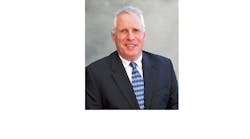We're seeing the first steps toward a healthy discussion on surplus equipment.
A little over three years ago, the electrical surplus business drew industry attention when Terry Hunt (the man who catapulted the concept of a wire and cable distributor that sold only to distributors into a multi-million-dollar business) resurfaced with a plan to revolutionize the market. His company, Futronix, got underway in late 1994, positioned as a professional, ethical and well-run provider of selected slow-moving industrial items. He stressed unused material, traceable sourcing and testing; he backed the materials with Futronix warranties and liability insurance.
EW described his plan in an article (December 1994). As we hoped, it forced a simmering controversy on the gray market and surplus materials to the surface. In a later article (April 1995), EW laid the subject of surplus on the table with all its pros and cons and numerous opinions on both sides. In that same issue, I challenged the industry to come up with a meeting of minds on the subject of surplus.
My feeling was then, and still is now, that the good and bad, the helpful and the dangerous, the should-be's and the realities of surplus can be argued until we are blue in the face without a real resolution. One fact stands out clearly: It is unlikely that the situations that create surplus will all suddenly vanish. Manufacturers make production overruns. Industrials cancel projects. Contractors overestimate the materials needed on a job. Homeowners change their minds. Distributors misjudge the size of their restocking orders. Companies go out of business and liquidate the warehouse or stockroom to pay creditors.
The sources of surplus are many, and they are a fact of business life. You need to educate yourselves and your customers on what it is and under what circumstances it could be dangerous. You need to know the pros and cons, you need to be ethical and open about your sources.
On a broader level, you as an industry need a set of definitions and standard terminology for surplus material. A circuit breaker returned to a distributor by the contractor he sold it to because it was the wrong size goes back on the shelf unquestioned. The same unused circuit breaker sold by that contractor to a surplus equipment dealer becomes questionable surplus material. What makes one different from the other? How should the industry go about ensuring that in both cases the item has not been used, performs as it should and works safely?
In short, you need procedures by which to identify and qualify surplus material and to assure its safety. The electrical industry needs to figure out the best way to deal with surplus. Three years ago, I urged you to know the issues and to evaluate all your suppliers on an individual basis. I also suggested the setting up of voluntary industry standards to cover surplus materials. Those standards may now become a reality.
In February, a small group of dealers in surplus, used, reconditioned or (to put a 1990s spin on it) recycled electrical equipment met to form a new trade association (see related story, page 22). At this first membership meeting the Professional Electrical Apparatus Recyclers League (PEARL) set out its mission: "To create a marketable distinction in quality, safety and integrity for PEARL members in the eyes of their customers." PEARL's membership requirements cover size of inventory and sales, product liability insurance and test equipment. They also require adherence to a code of ethics, as well as compliance with testing and documentation standards being developed by PEARL.
The technical standards they intend to create, with assistance from Technical Diagnostic Services, Inc., Arlington, Tex., will establish guidelines for testing, repair, reconditioning, rebuilding and remanufacturing of electrical products of all kinds. They say these standards will be built on existing standards drawn from organizations such as IEEE, ANSI, NEMA and NETA. All unethical or unsafe practices can't be ended by PEARL's existence or efforts. But the group is trying to bring about a solution to the problem by creating surplus sources that live up to stringent standards.
The rest of the industry should take note and try to get involved.








